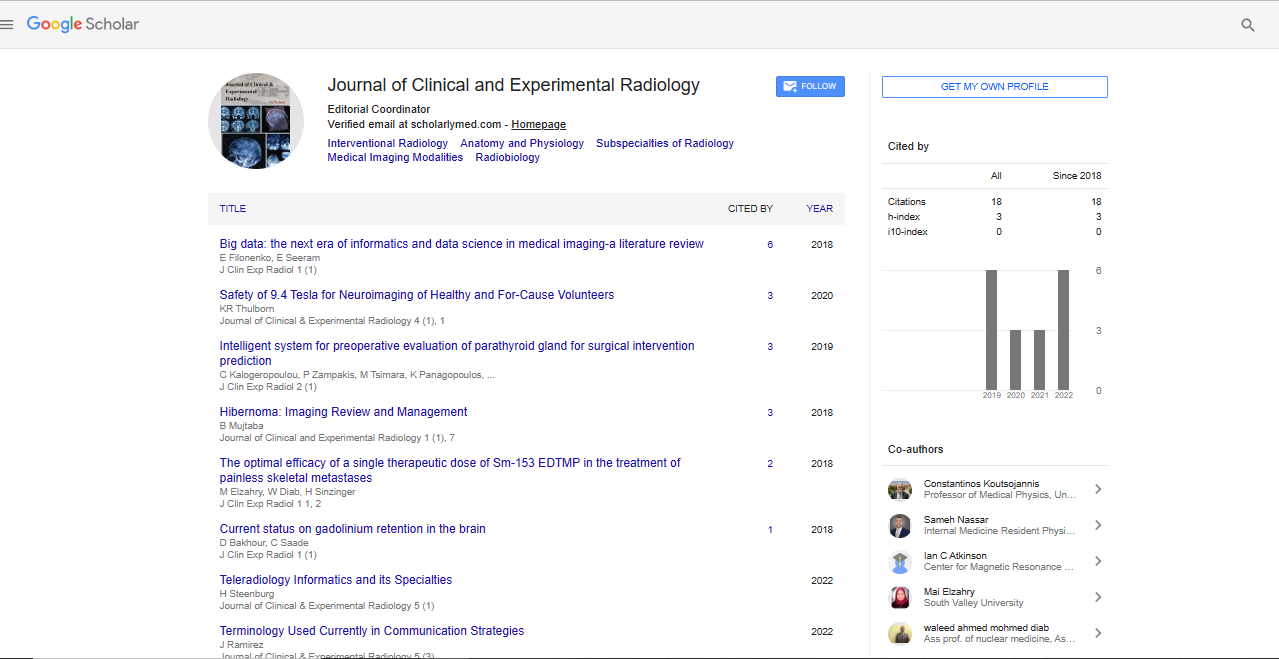Editorial, Res J Opt Photonics Vol: 4 Issue: 4
Histamine receptor mediates EGFR-independent antileukemic activity of an EGFR inhibitor “Gefitinibâ€
Manisha Yadav
Abstract
Epidermal growth factor receptor (EGFR) inhibitor gefitinib (Iressa) is a synthetic anilinoquinazoline, which is extensively used for treating non small cell lung cancer. Apart from its anti-cancer activities against several cancers, gefitinib was also reported to show MAPK dependent anti-leukemic effects in EGFR-deficient acute myeloid leukemia (AML) cell line HL-60 and patients. However, it is still unclear to how gefitinib induces these effects in cells that lacks its target. Therefore our aim was to decipher the underlying mechanism of action of gefitinib in AML cells. Gefitinib was found to reduce intracellular cyclic AMP and induce cytostatic effects in EGFR-rich and EGFRdeficient cell lines both. As a next logical step, a GPCR profiling study was done that revealed that gefitinib regulates a number of GPCRs. However, the radioligand competition and functional assays suggested that gefitinib inhibits histamine receptors
Keywords: Radiology
Introduction
Epidermal growth factor receptor (EGFR) inhibitor gefitinib (Iressa) is a synthetic anilinoquinazoline, which is extensively used for treating non small cell lung cancer. Apart from its anti-cancer activities against several cancers, gefitinib was also reported to show MAPK dependent anti-leukemic effects in EGFR-deficient acute myeloid leukemia (AML) cell line HL-60 and patients. However, it is still unclear to how gefitinib induces these effects in cells that lacks its target. Therefore our aim was to decipher the underlying mechanism of action of gefitinib in AML cells. Gefitinib was found to reduce intracellular cyclic AMP and induce cytostatic effects in EGFR-rich and EGFRdeficient cell lines both. As a next logical step, a GPCR profiling study was done that revealed that gefitinib regulates a number of GPCRs. However, the radioligand competition and functional assays suggested that gefitinib inhibits histamine receptors.
 Spanish
Spanish  Chinese
Chinese  Russian
Russian  German
German  French
French  Japanese
Japanese  Portuguese
Portuguese  Hindi
Hindi 